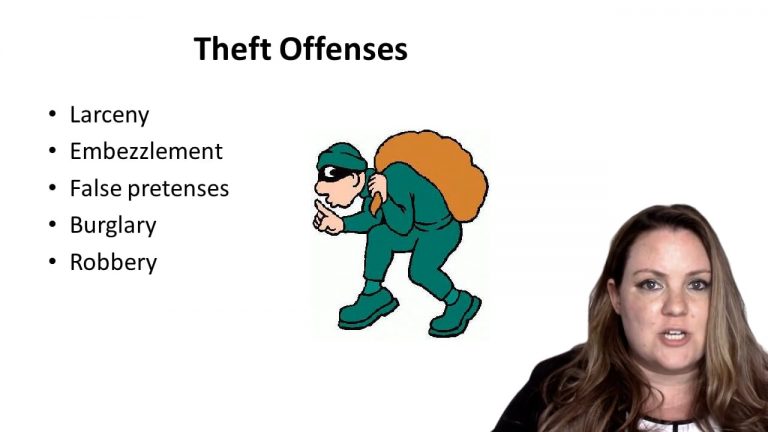SmartBrief
Confirm favorite deletion?
Criminal Law Keyed to Ohlin
State v. Carswell
Citation:
296 N.C. 101 (1978)Facts
After an inspection, a security guard for a motel realized that five or six rooms had been broken into during the night. In one of the rooms, room 158, a window air conditioner had been pried away from the base on which it rested in the bottom of the window, but it had not been removed.
The security guard went to report the incident to the police, and asked a helper to stay at the motel. While he was gone, a pickup truck pulled into the motel with three people in it, one being the defendant. They wanted to get into the motel and claimed they were sent there by their boss, but the helper would not let them in.
Later that night, the defendant and another man walked onto the premises of the motel and entered Room 158. The security guard was guarding the rooms and witnessed them take the air conditioner off its stand and put it on the floor. It was moved approximately four to six inches towards the door.
After putting the air conditioner on the floor, the men left the room. The guard stopped them and called the police.
Later that same night, a pickup truck was seen driving up and down a road adjacent to the motel. The helper testified that it was the same truck she had seen earlier that morning.
The defendant testified that he was drinking with a friend and they went to the to lie down because they were tired and drunk. He said he did not touch the air conditioner at any time and that he had not gone to the motel earlier that day. He was convicted of larceny and breaking and entering. The Court of Appeals reversed the larceny conviction, holding that the movement of the air conditioner in this case was an insufficient taking to constitute a case of larceny.
Only StudyBuddy Pro offers the complete Case Brief Anatomy*
Access the most important case brief elements for optimal case understanding.
*Case Brief Anatomy includes: Brief Prologue, Complete Case Brief, Brief Epilogue
- The Brief Prologue provides necessary case brief introductory information and includes:
Topic:
Identifies the topic of law and where this case fits within your course outline.Parties:
Identifies the cast of characters involved in the case.Procedural Posture & History:
Shares the case history with how lower courts have ruled on the matter.Case Key Terms, Acts, Doctrines, etc.:
A case specific Legal Term Dictionary.Case Doctrines, Acts, Statutes, Amendments and Treatises:
Identifies and Defines Legal Authority used in this case.
- The Case Brief is the complete case summarized and authored in the traditional Law School I.R.A.C. format. The Pro case brief includes:
Brief Facts:
A Synopsis of the Facts of the case.Rule of Law:
Identifies the Legal Principle the Court used in deciding the case.Facts:
What are the factual circumstances that gave rise to the civil or criminal case? What is the relationship of the Parties that are involved in the case.Issue(s):
Lists the Questions of Law that are raised by the Facts of the case.Holding:
Shares the Court's answer to the legal questions raised in the issue.Concurring / Dissenting Opinions:
Includes valuable concurring or dissenting opinions and their key points.Reasoning and Analysis:
Identifies the chain of argument(s) which led the judges to rule as they did.
- The Brief Prologue closes the case brief with important forward-looking discussion and includes:
Policy:
Identifies the Policy if any that has been established by the case.Court Direction:
Shares where the Court went from here for this case.

 9m 29s
9m 29s